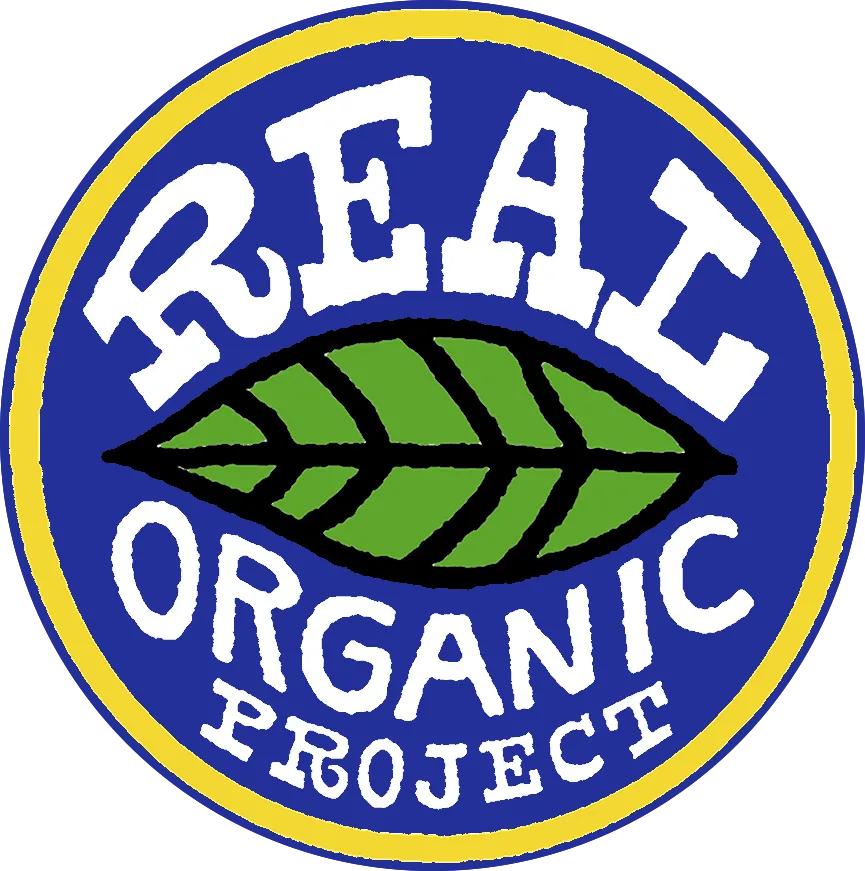Seal: Summer CSA ’13 ” Week #5
A small collection of various Nikki McClure cut-paper prints, including the one pictured here, hang in our living room. If you haven’t heard of her, McClure is a Seattle artist who does various cut-paper prints on the themes of family and sustainability. I absolutely adore her work. Her print, “Seal” is one of my favorites. While our preserving sessions usually don’t end up as romantically as the one in Seal, I love that McClure associates preserving food with love. After all, two people need to really love one another – and the idea of preserving food – a lot to work outside in the heat all day, attend to the family chores of meal preparation and child-bathing and bedtime, and then spend another 2 hours toiling over a hot boiling stove (in a hot boiling house in our case) to put away food for the winter.
Pickles are one of the rare crops that Mike and I only grow only for personal use. We love to have pickles in the winter. We have really perfected our recipe over time. Our pickles have crunch, even in February. They are our go-to treat to bring along to a friend’s house for supper during the cold months. But the thing about a nice crunchy February pickle, is that it takes a lot of work in July. Pickle-making time usually comes in right around the 4th of July, which is right around the seasonal peak of crazy at our farm.
So despite the long list of things to do, each summer we manage to squeeze in some hot, sweaty evenings in the kitchen. No, no not that kind of hot and sweaty, a la McClure…. We wash jars, boil, and sterilize them. Then we pack them with 1 garlic bulb, 1 dill flower head, ice-cold pickling cucumbers, a scant tablespoon of salt and the vinegar mixture, which is simply a 3:1 water to vinegar solution. Meanwhile we have to heat up the huge water-bath canner. If you’ve never seen one, it’s just an enormous pot that 7 quart jars can fit in and be submerged in water. It takes a lot of heat to get all the water boiling. The vinegar mixture has to boil. The lids have to be warmed up too. Often there are 2 burners going at high heat for 2 hours on pickle-making evenings, bringing the kitchen temperature of our home up to a sweaty 90+ degrees.
It’s usually pickle-making time each year when Mike and I discuss whether we should install central air for the house.
When Mike and I make pickles, we usually work together quietly. Small instructions from one to the other occasionally float around, but other than that all we hear is the sound of the fume hood and the fan at the top of the basement steps, roaring away as it attempts to share the cool air from the basement with the kitchen. Once we get going, we are also accompanied by another sound, an awesome sound – the random “pop” of the jars vacuum-sealing. You see, as the jars cool, air seeps out until a vacuum seal is formed, at which point the pressure is less inside the jar than out so the lid inverts slightly. Ahh, the joyful “ping” of a successful seal.
Last night we canned 28 jars of pickles. They now line the top of our cupboards in two satisfying rows of glass. We may go for another batch tonight… As for central air, well, we’ll see.
Have a great week and enjoy your veggies. Sincerely, the Noltnerwyss family
In the Box:
- Broccoli
- Cucumber
- Garlic Scapes
- Kale, Red Russian
- Sugar Snap Peas
- Zucchini
REGs only:
- Cilantro
- Head Lettuce, Romaine
- Purplette Onions
- Snow peas
EOs only:
- Beets
- Fennel
- Parsley
- Pearl Onions
- Strawberries
Summer CSA Week #5: Wednesday, July 10th ” REGs & Group A -EOs







